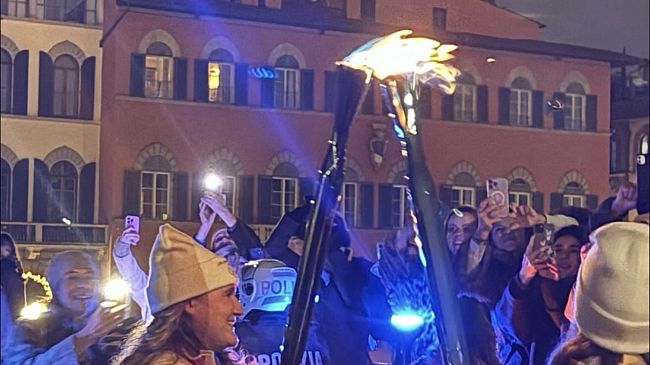The exhibition is focused on an artistic and anthropological presentation of the prehispanic cultures which thrived in what is present-day Peru from 900 BC up to the arrival of the Spaniards in 1532.
Without neglecting the classic archaeological-anthropological approach, for the first time in the world the attributions of the works of art of prehispanic Peru are also tackled, through the display of unique and unrepeatable pieces representing the finest production of the masters of the Andean cultures.
The exhibition, featuring 400 works originating from the most important museums in the world, among the finest and most interesting from the cultures of ancient Peru, is consequently aimed at representing a turning-point in the western perception of Peruvian prehispanic art.
The classic chronological-geographical layout, featuring the presentation of the environment and cultures which thrived in the Peru area, is concentrated in just three sections and will serve to introduce the visitor into a context unknown to him/her, thus providing the essential bearings for proceeding to the discovery of the monographic sections which represent the heart, and in many cases the absolute novelty, of the exhibition.
The connecting link of the exhibition with the city of Florence will be the introductory section which focuses with pride on the role played by Italy, and more specifically by Florence, in recognising the intense humanity and great ingenuity of the works and tools of the Amerindian cultures. On display alongside, for the very first time, will be the most important pieces from the Medici collections of exotica, representing a shining example of the great cultural openness of Florence and of the Medici in a historic period in which ethnocentric prejudices frequently led to the outright rejection of the works of “other” cultures.





